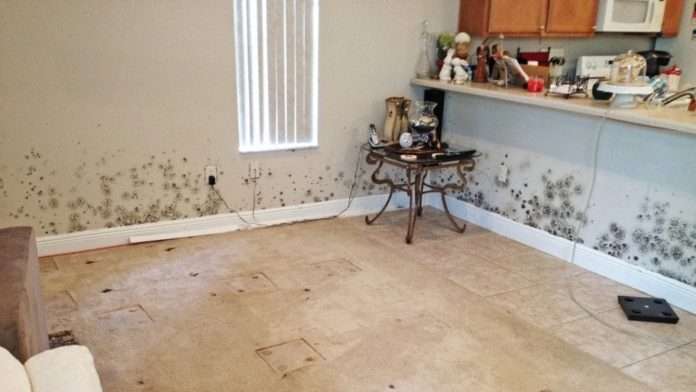Chances are that you’ve heard a lot about mold removal services lately, and you may be wondering if you need them. We can tell you definitively – maybe. In this article, you will know about Surprising Facts About Mold in the Home.
Turns out, there is a lot of misinformation out there when it comes to mold remediation, and some unscrupulous companies are using consumer fear to make a buck. However, some types of mold do pose a real risk to human health and to the safety of the structure they inhabit. In these cases, a mold removal team is a real asset.
To help you sort out fact from fiction and determine if you need to hire help or can safely go it alone, check out the following surprising facts about mold in the home.
1. Mold is always present in the home
Mold exists in nature and so spores are constantly circulating in the air outside and throughout your house. The problems only start when the concentration of mold inside exceeds that of outside, or when the specific type of mold is dangerous. Many types are not harmful to humans.
2. We are all mold removal specialists
If you’ve ever waited just a bit too long to clean your bathroom, you have practiced mold removal. It very commonly appears in the grout of any tile that’s exposed to water, often in the bathroom, kitchen, and utility rooms. You have probably scrubbed it away with bleach, rinsed it down the drain, and called it a day – with no ill health effects.
- Homes today grow more mold than they used to
In recent years, much focus has been put on increasing the energy efficiency of new construction. That’s great, because we waste a lot of energy and money trying to heat and cool drafty homes. However, homes that are super energy efficient also don’t breathe, and can therefore retain more moisture inside. That’s a recipe for mold growth.
- Mold remediation is big business
The proliferation of highly energy efficient properties, coupled with intense marketing efforts that scare consumers, has led to a huge boom in the mold remediation industry. Fledgling companies are springing up every day in an attempt to grab a piece of this new gold rush opportunity – dubbed “the asbestos of the 21st century” by some. That doesn’t mean that there aren’t honest, reputable, and experienced companies out there, just that you need to do a bit of research before hiring one.
- Not all mold is bad mold
Sure, you want to clear away any mold you find growing in your home, but don’t automatically panic about the negative health effects. There are literally hundreds of types of molds that might be found growing in a home, and only a few of them are linked to negative health outcomes. The most dangerous kind is so-called “black mold,” which produces mycotoxins that are thought to cause symptoms like coughing and wheezing in healthy people. Folks with asthma or severe allergies may suffer more.
- Bleach is not the best mold killer
We tend to reach for bleach to knock out anything that has the potential to make us sick. It’s the gold-standard germicide. But while bleach will eliminate visible mold spores, it doesn’t do much to prevent it from coming back. Instead, use a solution of borax and water. This cleanser is gentler but actually better at preventing a mold recurrence. After removing mold with borax, you don’t need to rinse because leaving a fine film of borax provides protection against new colonies.
- Dangerous molds are linked to a host of scary medical conditions
We tend to think of mold as causing respiratory issues only – and this is certainly a reason for concern. But prolonged exposure to mycotoxin-producing molds has also been linked to problems like Alzheimer’s, cancer, and brain damage. However, more studies are necessary to fully confirm the link. Don’t let any mold removal company try to scare you into buying their services based on fear.
In the end, the need for professional mold remediation comes down to the type of mold and the extent of the growth. If, for example, you get some extra mold growth in the bathroom when the exhaust fan breaks down, simply have the fan fixed and then clear away the mold.
However, sometimes water leaks are hidden behind walls and so is the mold. In these cases you may be able to smell the musty “wet sock” odor of mold but not find it. Perhaps when you discover mold it is so extensive that you’re overwhelmed. Or maybe you have noticed that people in the home are experiencing endless sniffles and respiratory challenges.
In these cases, go ahead and call that professional. They have tools and expertise that can be really valuable. And not only that, they are trained in the art of removing mold without letting the spores go airborne and circulate throughout the home via HVAC. That is certainly a service worth paying for.


















